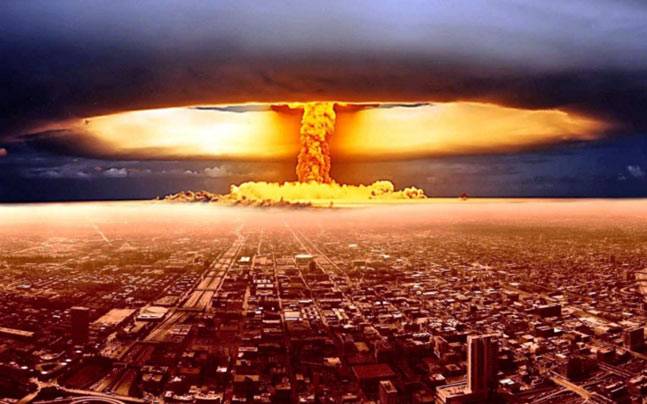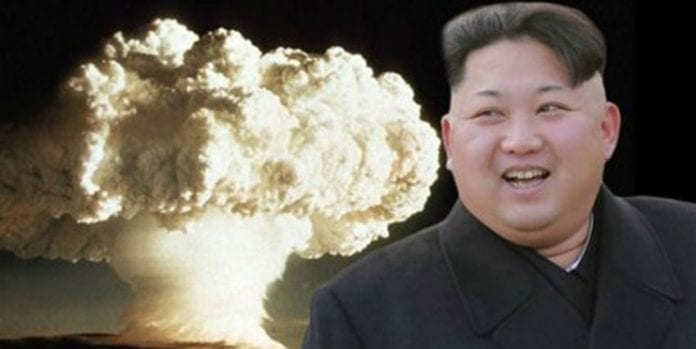North Korea conducted successful tests of the hydrogen bomb on Sunday, but its testing stirred the world leaders because the consequences could be catastrophic. A hydrogen bomb, also known as the H-Bomb is a thermonuclear weapon more advanced and more powerful than the “classic” nuclear bomb in every aspect. Earlier nuclear weapons, including bombs thrown at Hiroshima and Nagasaki, were fission bombs which power is displayed in nuclear energy created after the atoms are torn into smaller particles.
The nuclear bombs are activated when the atoms are split into smaller particles, and during this process, nuclear energy is released. More powerful and more advanced versions of nuclear bombs are based on fission as well as fusion. The H-bomb activation happens in two stages. The fission comes first, and it is a reaction which releases nuclear energy after the atoms are forcefully torn into smaller particles. This marks the beginning of fusion when the atomic nuclei are rejoined creating an equal nuclear process as the one happening on the Sun.

The result of the H-bomb process is a devastating explosive which can be thousands of times more powerful than one of the traditional atomic bombs. Thermonuclear weapons are so powerful that they can cause atomic nuclei to reconnect, whereas the energy released during such a reaction can result in the second fission.
In the heart of every atom is a nucleus. When the nuclei are split, what is known as fission, or merged, what is known as fusion, a massive amount of energy is released. That is why H-bombs and other nuclear bombs cause enormous explosions. What you should realize is that the fusion process is natural and it happens in the universe all the time. During the H-bomb activation, the explosion released by fission creates X-rays, after which the fusion is responsible for the powerful explosion which cannot be measured by any device created by humans.
The USA first tested a hydrogen bomb in 1952, with a 1,000-kiloton of power. H-bombs have never been used in war. According to experts, the latest North Korean device that was exploded was about 100-kiloton, which could be within the power range of either traditional atomic or thermonuclear weapons. The US intelligence official told Reuters: ‘We have nothing to cause us to doubt that this was a test of an advanced nuclear device.’









